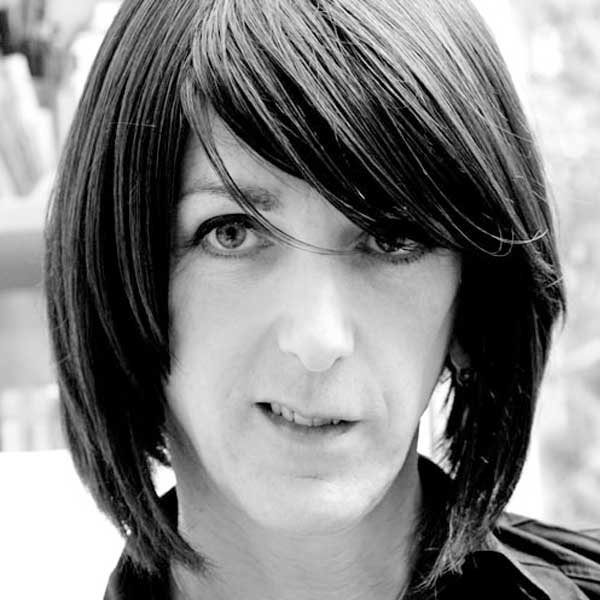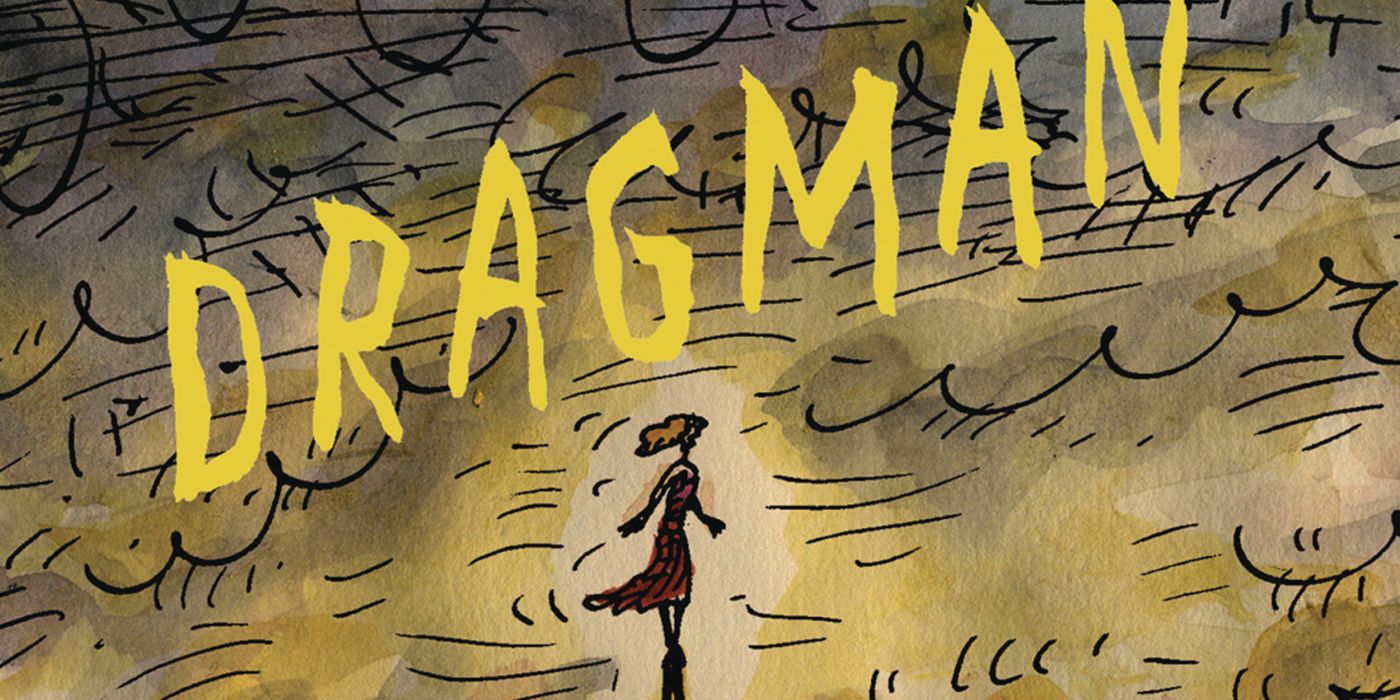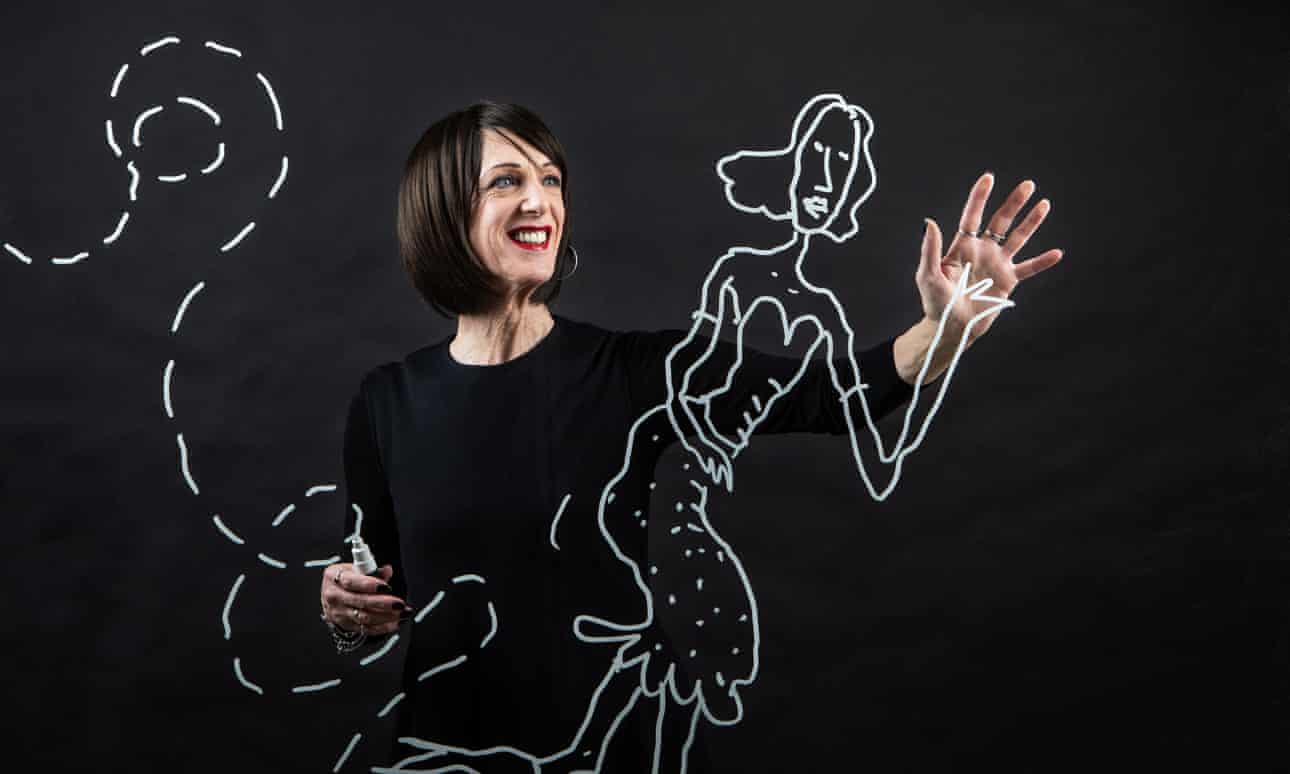Let me paint you a picture: A person standing on top of a golden tower, the wind blowing through their long, pretty hair in one direction, with their vibrant pink dress following the course of wind.
It is only up close that you see what you do not expect. The person standing on the tower is not a girl, it is a man, dressed as a girl who possesses superpowers to save the world. This is the cover and crux of Dragman, a graphic novel by absurdist cartoonist, illustrator and artist Steven Appleby. Having been a secret cross-dresser all his adult life, Appleby came out to his friends and family in the mid-1990s. Since 2008, he began living openly as a full time transvestite.
Dragman’s story remains an inspiration for all those individuals who cross-dress and fight the world every day to remain true to themselves. Surrounded by hatred and rigidities, all we can hope for is a little acceptance, a little fluidity, and a little more love towards each other because in the end, if we all become true to ourselves, the world will become a better place to live in

Dragman begins in Britain where being a superhero is considered as a normal profession like being a doctor or lawyer. The work of superheroes is to live with common people and protect humanity from disasters. The natural projection of superheroes is narrated in such a witty manner that the citizens even have a superhero insurance that ensures their safety from unforeseen events.
In this backdrop, we are introduced to August Crimp, an ordinary man who works at a passport office, leads a normal life, and plays the roles of a husband, father and friend. But there is a secret that beholds August’s life. It is when he dresses up as a girl that he gains his superpowers of flying and of fighting crime.

It all began when August was a teenager and he found a stocking pushed in one of the sofas. Curious, he wore the stocking and before he knew, he was hitting the ceiling. His fascination with wearing on women’s attires since becomes his own secret, and flying in them becomes his superpower.
He then joins the Super Hero’s Club and starts fighting crimes. Soon after his probation period, he stands up for evaluation before the jury. But he is not elected as a member of the club. He is told that his ‘trans’ appearance would bring disrepute to the club. Dragman (the name derived from the way he dresses) then buries his penchant for cross-dressing deep inside his heart and marries the love of his life, Mary.

Dragman is filled with minute details and hidden messages which when interpreted, touches your heart and brings you closer to the character of August Crimp. He often dreams of his mother who disapproved his cross-dressing habit in the past. She has always asserted that he is a man and he should dress up like one
He leaves his secret life behind, until one day when his former partner Dog Girl approaches him for help. Her superpower is that of smell. She, along with Cherry, a girl on the lookout for her parent’s soul, reach out to Dragman for assistance.
The rest of this review contains plot spoilers. Kindly consider this as a spoiler alert.
In Appleby’s version of Britain, souls can be re-discovered and so can hell and heaven. But the story doesn’t end there. The souls after being discovered can be sold in exchange for material things like money, a vacation, or a child’s education. The selling of souls in Dragman can be seen as Appleby’s metaphor to show how people often focus on material pursuits and forget their intimate, spiritual selves.
Also read: Kari: A Graphic Novel About Lesbianism and Big-City Love
This metaphor has been used several times throughout the narrative to critique how people, after selling their souls for material possessions become meaner and more ruthless. In this set-up where souls are, bought, sold, and stolen, August dresses up one more time, wears his masks and takes off to help his Cherry. From this point, the story takes the reader on an exciting journey of twists and turns and reveals the evil corporation that is behind all the murders and soul-stealing. Dragman proceeds to give us a commentary of what goes on at huge corporate houses, the motives of which are often concealed to the citizens.
In a particular scene, Dragman flies with Dog Woman to fight another crime but only this time he does this without his mask. This moment marks his acceptance of his identity as a transvestite. This is his defining moment of liberation from what other humans think of him. At this moment in the story, every reader will invariably smile
Dragman is filled with minute details and hidden messages which when interpreted, touches your heart and brings you closer to the character of August Crimp. He often dreams of his mother who disapproved his cross-dressing habit in the past. She has always asserted that he is a man and he should dress up like one.

The rigidities that an individual faces in terms of clothing is represented in an extremely relatable manner in the book. Even in his dreams, August’s subconscious tries to justify himself to his mother. In the end, his mother shows a sign of acceptance and gives a touching speech on love and individual liberty.
Also read: In Conversation With Glorious Luna: A Drag Performer, Actor, Model & More!
In a particular scene, Dragman flies with Dog Woman to fight another crime but only this time he does this without his mask. This moment marks his acceptance of his identity as a transvestite. This is his defining moment of liberation from what other humans think of him. At this moment in the story, every reader will invariably smile.

Even though the book seems like mere fantasy fiction, it is much more than that. It is a subtle peek into the life of a man who likes to cross-dress. It about an individual who fights his apprehensions and manages his marriage after revealing his true identity. It mirrors the struggles of Appleby himself.
Reflecting on his experience of creating Dragman, Appleby said, “I did move on to superhero comics a bit, but not all that much. Then I got into science fiction. I loved Philip K Dick, particularly, because nothing in his books was ever quite what it appeared to be, and that seemed to be reality to me. Maybe it reflected the secret life that I had.”
Dragman captures all the struggles that a transvestite individual bears, finally becoming a statement about preference, choices and freedom. Dragman’s story remains an inspiration for all those individuals who cross-dress and fight the world every day to remain true to themselves. Surrounded by hatred and rigidities, all we can hope for is a little acceptance, a little fluidity, and a little more love towards each other because in the end, if we all become true to ourselves, the world will become a better place to live in.
Srijoni is a feminist who is currently pursuing her post graduation from Lady Shri Ram College for Women. She mainly focuses on researching and writing about feminism, toxic masculinity and LGBTQIA+ rights. In her leisure time, she is either found with her paint brushes, her ukulele, or with her favourite novel
Featured Image Source: The Guardian




